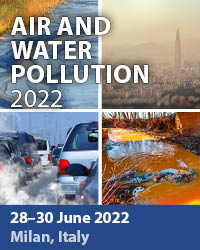Analysis Of Rapid Land-use/land-cover Change In North-eastern China Using Landsat TM/ETM+ Data
Price
Free (open access)
Transaction
Volume
81
Pages
9
Published
2005
Size
3,154 kb
Paper DOI
10.2495/ECO050551
Copyright
WIT Press
Author(s)
K. Okamoto, J. Shindo & H. Kawashima
Abstract
The self-sufficiency of rice in China with the largest population in the world is 100% and Chinese people tend to prefer quality to quantity. The area of paddy field in the northeastern part of China has increased because the climatic conditions in this region are suitable for cultivating Japonica rice (short-grain rice). Large quantities of irrigation water are consumed for cultivating rice. Rainfed rice cropping is possible in places with sufficient precipitation, while rice cropping in regions with low precipitation is limited in places near sources of irrigation. Flatlands are advantageous to rice cropping because of their geographical and social conditions. The eastern Heilongjiang Province, China was selected as the test area. Land use/land cover was classified using the Landsat Thematic Mapper (TM) data of 1988 and the Enhanced Thematic Mapper Plus (ETM+) data of 2002. According to the statistics of the Heilongjiang Province, the area of paddy field has increased rapidly since 1995. Based on the 1988 land-use/land-cover classification map, places suitable for rice cropping were determined and compared with the distribution of paddy fields in 2002. Most of the paddy fields for 2002 were converted from dry arable land for 1988. Places suitable for rice cropping are places with easy access to water for irrigation. Keywords: climatic impact, Landsat TM/ETM+, land-use/land-cover change, North-eastern China, paddy field, producer price, socioeconomic impact.
Keywords
climatic impact, Landsat TM/ETM+, land-use/land-cover change, North-eastern China, paddy field, producer price, socioeconomic impact.





